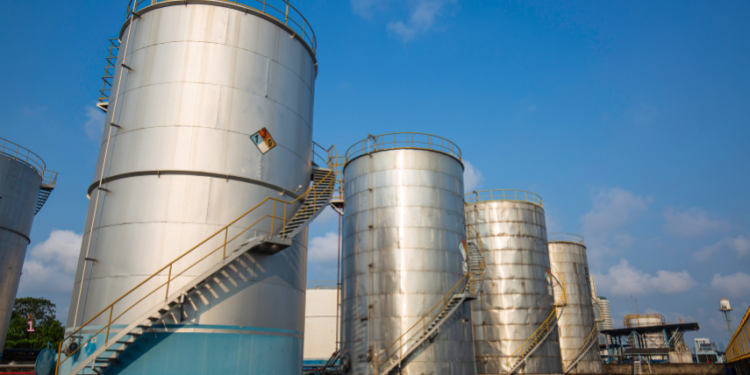In the contemporary dialogue about climate change mitigation, carbon capture and storage (CCS) technologies are emerging as indispensable tools. As governments and industries strive to reduce greenhouse gas emissions, the investment in carbon capture technology is not just a policy option but a critical necessity for environmental sustainability.
This comprehensive article explores the environmental benefits of investing in carbon capture technology, its integration with various sectors, the advancements it promises, and the global impacts it harbors.
Introduction
Carbon capture technology comprises methods and processes used to capture carbon dioxide (CO2) emissions from various sources before they enter the atmosphere, followed by transporting and storing it underground or utilizing it in other applications. This technology is pivotal in the fight against global warming and is integral to achieving the goals set in international agreements like the Paris Accord.
1. Reducing Atmospheric CO2 Levels
The most direct environmental benefit of carbon capture technology is its capacity to significantly reduce the levels of CO2 in the atmosphere. Facilities such as power plants, industrial complexes, and even direct air capture systems can remove CO2 emissions at the source before they contribute to the greenhouse effect. This reduction is critical in slowing the pace of global warming and potentially reversing some of its damaging impacts. Additionally, carbon capture investment can stimulate technological advancements and economic growth, making it a pivotal strategy in our fight against climate change.
Case Study: Boundary Dam Project in Canada
The Boundary Dam project in Saskatchewan, Canada, is a prime example of how CCS can dramatically reduce emissions. This coal-fired power plant retrofitted with CCS technology captures about 90% of the CO2 produced during electricity generation, which translates to preventing about one million tons of carbon dioxide from entering the atmosphere annually.
2. Facilitating a Cleaner Transition to Renewable Energy
While the ultimate goal is a transition to renewable energy, the reality is that fossil fuels will likely remain part of the energy mix in the near term. CCS provides a pathway to make this transition cleaner. By mitigating the impact of existing fossil fuel infrastructure, carbon capture technology allows for a more gradual and feasible shift towards renewables without causing an energy crisis.
3. Enhancing Energy Security
Investing in CCS technology also enhances energy security by allowing countries to continue utilizing their existing energy infrastructure and resources while staying on track to meet climate targets. This is particularly important for countries that are heavily dependent on coal or natural gas for their energy needs.
4. Promoting Environmental Stewardship in Industrial Processes
Industries such as cement, steel, and chemicals are among the highest CO2 emitters, and they often cite technological and economic constraints in reducing their carbon footprint. CCS technology can be integrated into these industrial processes to capture emissions, promoting environmental stewardship without compromising industrial output.
Example: The Steel Industry
In the steel industry, carbon capture can be integrated at various stages of production to reduce emissions. Techniques like top gas recycling blast furnace technology not only capture CO2 but also recycle it to improve efficiency and reduce further the overall carbon footprint of steel production.
5. Enabling Negative Emissions Technologies
Beyond merely reducing emissions, carbon capture is pivotal in achieving negative emissions when combined with bioenergy sources (BECCS) or through direct air capture (DAC). These technologies are vital for removing existing CO2 from the atmosphere, an essential step towards not just halting but reversing climate change.
Spotlight on BECCS:
BECCS involves capturing CO2 from biomass-based energy production. When managed sustainably, this can result in a net removal of CO2 from the atmosphere, thus providing a powerful tool against climate change.
6. Supporting Biodiversity and Ecosystem Health
By reducing atmospheric CO2 levels and slowing climate change, CCS technologies contribute indirectly to the health of global ecosystems. Less severe climate impacts mean lower risks of habitat destruction, species extinction, and biodiversity loss, maintaining the balance necessary for ecological health.
7. Economic and Job Creation Benefits
While the primary focus is on environmental benefits, it’s crucial to acknowledge that investing in CCS technology also drives economic benefits. It creates jobs in engineering, construction, and operation of CCS facilities and stimulates advancements in related industries, contributing to economic resilience.
8. Encouraging Technological Innovation and Leadership
Investing in CCS propels technological innovation. As countries and companies compete to develop more efficient and cost-effective carbon capture solutions, this drives the overall advancement of technology in the energy sector, positioning leading nations and businesses as pioneers in the global market.
9. Enhancing Public Health
Reducing CO2 emissions also means decreasing air pollutants such as sulfur dioxide (SO2) and nitrogen oxides (NOx), which are often produced alongside CO2 in combustion processes. This results in better air quality and associated public health benefits, including lower incidences of respiratory and cardiovascular diseases.
Conclusion
Investing in carbon capture technology offers a myriad of environmental benefits that extend far beyond reducing CO2 emissions. From facilitating a smoother transition to renewable energy to enhancing biodiversity and public health, the positive impacts of CCS are both broad and profound. As the world continues to seek solutions to mitigate climate change, the role of CCS grows increasingly vital, underscored by its potential to drive significant environmental improvements across various sectors. The time to invest and innovate in carbon capture technology is now, not just as a remedy but as a proactive approach to securing a sustainable and environmentally stable future.







